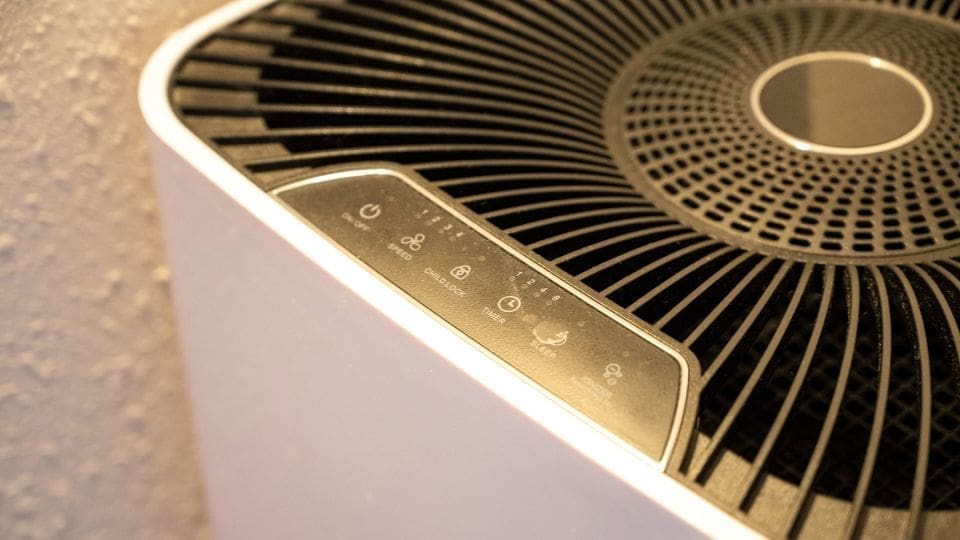As the world grappled with the pandemic, many turned to air purifiers to combat airborne coronavirus particles. Now, with the immediate threat receding, experts say these devices remain essential for tackling indoor air pollution.
Air purifiers became a household staple during the pandemic, helping reduce airborne coronavirus particles. But, as we’ve learned, they’re also effective against other indoor pollutants like allergens and irritants, linked to respiratory issues such as asthma. However, measuring their overall effectiveness remains a challenge for researchers.
The importance of indoor air quality can’t be overstated, especially since people spend about 90% of their time indoors, often where air quality is worse than outdoors. Yet, unlike outdoor air, indoor air doesn’t have the same regulatory focus. Encouragingly, evidence is mounting. Recent studies in highly polluted areas show significant benefits, particularly for children using air purifiers in schools and homes. These studies report a drastic reduction in particulate matter exposure, enhancing lung function and breathing abilities.
Despite these encouraging findings, more research is needed to understand the full benefits of air purifiers. Dr. Vito Ilacqua from the EPA highlights the need for long-term studies to establish clear links between air purifiers’ use and health improvements. This research could drive meaningful policy changes, providing consumers with confidence in their investment.
While the science still develops, experts agree that using an air purifier is a wise choice. Reducing exposure to particulate matter is beneficial, even if the extent of health improvements isn’t fully quantifiable yet. Dr. Elizabeth Matsui emphasizes the preventative approach, suggesting that any reduction in indoor particulate matter is likely beneficial.
Choosing the right air purifier can be tricky, given the myriad of products available. Experts suggest focusing on key features like the Clean Air Delivery Rate (CADR), especially for rooms with high ceilings or specific needs like combating tobacco smoke or pollen. Interestingly, activated carbon filters can help with gases, although there’s no official rating system for this.
It’s advisable to avoid air purifiers with ionization technology due to potential ozone release, which can harm the lungs. Similarly, the safety of ultraviolet technologies needs more exploration. For optimal effectiveness, purifiers should run at higher speeds for extended periods. However, human behavior plays a significant role in their usage and effectiveness. Many people don’t use them as intended, often opting for lower settings due to noise or becoming complacent over time.
Air purifiers continue to be an effective tool for improving indoor air quality, long after the height of the pandemic. While their full health benefits are still being researched, using them is generally risk-free and potentially beneficial. So, it might be wise to keep yours running, ensuring a clean, breathable environment at home.
Source: Yahoo







